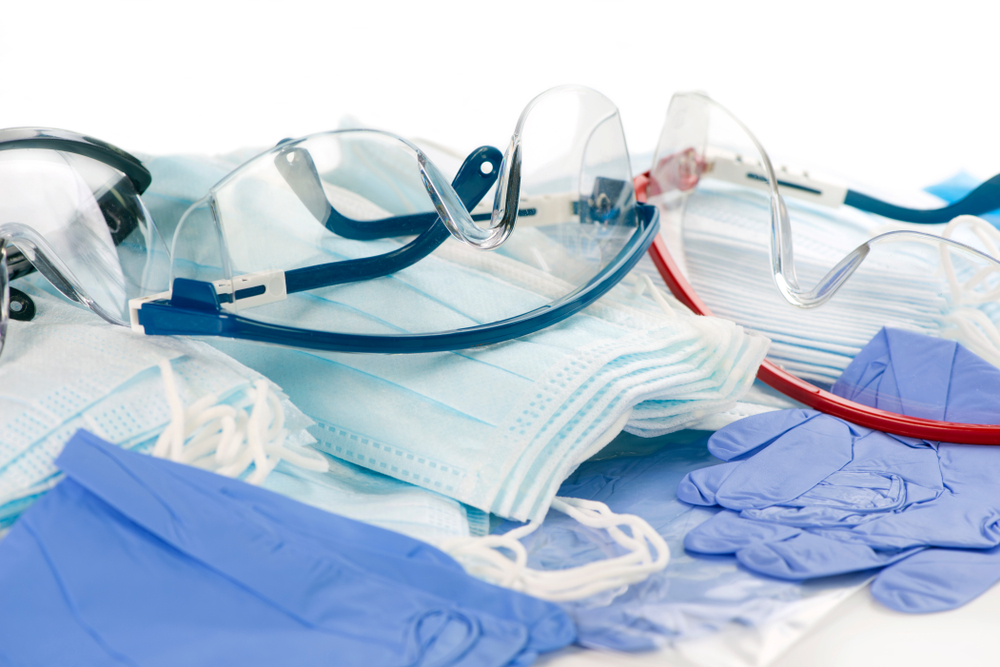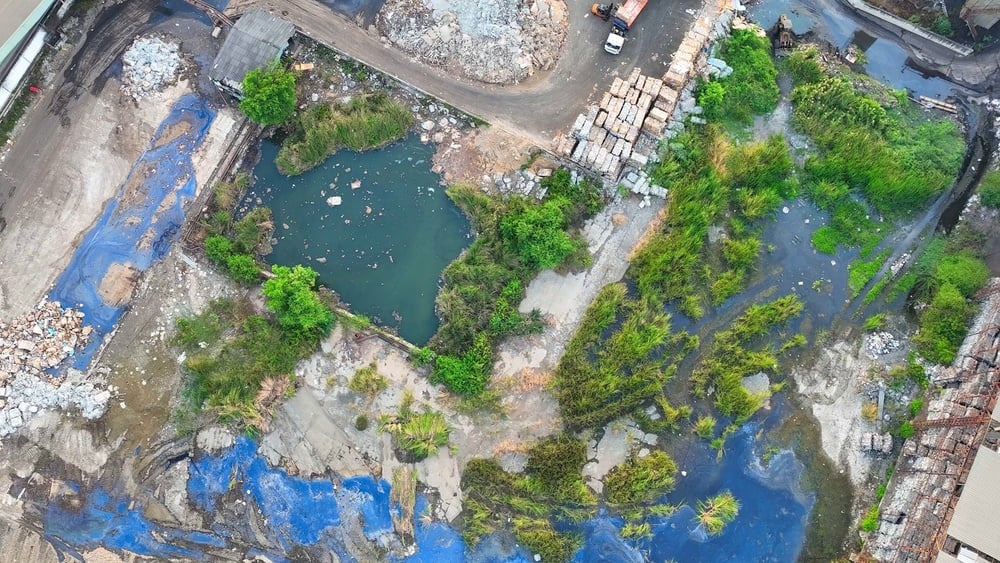Although there are multiple sources of information and guidance from health organizations and in the media around what is recommended to protect oneself from contracting COVID-19, guidance for employers is more limited.
The Occupational Safety and Health Administration (OSHA) does not have standards that specifically cover exposure to the SARS-CoV-2 virus. They have issued guidance for employers; however, given the wide variety of industries potentially affected, the guidance tends to be fairly broad and relies on employers to perform their own hazard assessments and using the hierarchy of (risk) control to identify solutions for protecting their workers.
Personal Protective Equipment
One of the controls that has been the subject of some consternation in general industry lately is what forms of PPE (as defined under OSHA’s PPE standards) would be considered as PPE for protection against exposure to the virus, and what is simply best practice recommendations by the Center for Disease Control and Prevention (CDC). While one might think that certain types of PPE typically used in an industrial setting would be suitable for managing potential exposure risk to COVID-19, this may not be the case.
Before requiring the use of PPE as a control against a hazard (in this case, COVID-19), the employer would need to perform a hazard assessment for potential employee exposure risks, and select PPE based on the specific hazard(s) to the worker in their job setting. Further requirements including proper fit, use, inspections, and training would also apply. COVID-19 presents another challenge, in that employers requiring PPE for protection against COVID-19 would also need to provide training on safe work practices (such as not touching one’s face) and proper PPE removal, cleaning, storage, and disposal, to avoid exposure related to contact with used PPE.
As such, engineering and administrative controls, including safe work practices, are considered to be more effective than the use of PPE, and employers should work to use these types of controls over PPE. In cases where an employer’s hazard assessment concludes that certain PPE is required, the use of any such PPE should not take the place of other risk mitigation measures, such as administrative or engineering controls around physical distancing, and administrative controls around hand washing and disinfecting high-touch surfaces. Employers should ensure supervisors and managers are trained in administering these controls in operational areas of the facility, and provide frequent communication around company policies and expectations.
Respiratory Protection
OSHA’s PPE Standard includes requirements for Respiratory Protection Programs under 29 CFR 1910.134. It is important to note that nearly all of the face coverings (e.g., surgical masks and cloth face coverings) recommended for the general public by the CDC and health departments are not covered by this standard.
The standard does, however, apply to the N95 respirator that has been discussed in the media. An N95 respirator is a very common type of particulate-filtering facepiece respirator, so named because it filters at least 95% of airborne particles and is not resistant to oil. Several N95 respirators have been approved by the National Institute for Occupational Safety and Health (NIOSH) for general occupational use; N95 respirators that have also been cleared by the Food and Drug Administration (FDA) for use as a surgical mask are called “surgical N95 respirators” (which are different than a surgical mask used in health care facilities).
The N95 respirator has historically been used in some non-healthcare industries as one choice for respiratory protection in settings where respiratory protection is required. However, given the shortage of N95 respirators across the country, and the priority on getting N95 masks to medical facilities, on April 3, 2020, OSHA issued enforcement guidance for respiratory protection and the use of N95 masks during the COVID-19 pandemic.
The OSHA April 3 memorandum indicates that if an employer’s hazard assessment has determined that respiratory protection is required to protect employees from respiratory hazards, the employer should consider use of alternative classes of respirators that provide equal or greater protection compared to the N95 mask, such as NIOSH-approved, non-disposable, elastomeric respirators or powered, air-purifying respirators (PAPRs). OSHA also allows for other filtering facepiece respirators, such as N99, N100, R95, R99, R100, P95, P99, and P100 in cases where employers are not able obtain N95 respirators, as long as the selected alternatives are NIOSH-approved. OSHA has also encouraged employers to re-consider engineering and administrative controls and look for ways they decrease the need for N95 respirators, such as using wet methods or portable local exhaust systems.
It’s equally important for employers to remember that if their hazard assessment has determined respiratory protection is not required, they must clearly communicate this to workers. If an employee chooses to wear respiratory protection such as the filtering facepiece respirators listed above, they must be informed that any use of any such device is being conducted on a voluntary basis and the employer should provide a copy of Appendix D of 29 CFR 1910.134.
Employers may well wish to follow these recommendations to minimize business disruption while still maintaining compliance with OSHA’s requirements. Health and safety managers will need to review and update their respiratory protection programs to reflect such changes, including any modifications to fit-testing, medical screening, inspection, and training requirements.
Face Coverings
The CDC issued guidance that the general public should wear cloth face coverings on a voluntary basis, in public settings where other social distancing measures are difficult to maintain as another means to slow the spread of the virus. While it’s important for most employers to recognize that their workplaces are not considered to be public settings, understanding the difference between face coverings recommended by the CDC and respiratory protection devices covered under OSHA’s respiratory protection standard can help employers better characterize workplace risk and determine appropriate controls.
The table below outlines some of the differences between cloth face coverings and NIOSH/FDA-approved surgical respirators for protecting workers against exposure to COVID-19.
| Cloth Face Coverings | NIOSH/FDA-Approved Surgical Respirators (incl. Filtering Facepieces) |
| Used to protect oneself against splashes and sprays containing SARS-CoV-2. | Used to protect oneself from inhalation of small particles , including certain airborne transmissible infectious agents. |
| Used by sick individuals to prevent the spread of large droplets possibly containing the SARS-CoV-2 virus. | To be effective, it must be constructed of the proper filter material, be NIOSH-certified and FDA-approved, and must fit tightly to prevent air leaks. |
| Can be worn by anyone without training (although review of CDC guidance is recommended). | To be effective, it must be constructed of the proper filter material, be NIOSH-certified and FDA-approved, and must fit tightly to prevent air leaks. |
| Should be properly disposed of or decontaminated (if possible) after use. | Employer must establish a respiratory protection program that is compliant with 29 CFR 1910.134. |
Focus on Administrative and Engineering Controls
Most industrial operations will fall into the lower exposure risk and medium exposure risk classifications under OSHA’s guidance on preparing workplaces for COVID-19.
As such, the use of PPE or respiratory protection is not expected to provide the most effective protection for workers against exposure to the SARS-CoV-2 virus, given the limitations of PPE options and the scarcity of resources. Employers in these two risk classifications will likely see more success from conducting hazard assessments for specific worker tasks and job settings, and focusing on engineering and administrative controls and safe work practices.
Sources:
www.cdc.gov/niosh/npptl/topics/respirators/disp_part/default.html
https://www.cdc.gov/coronavirus/2019-ncov/prevent-getting-sick/cloth-face-cover-faq.html




